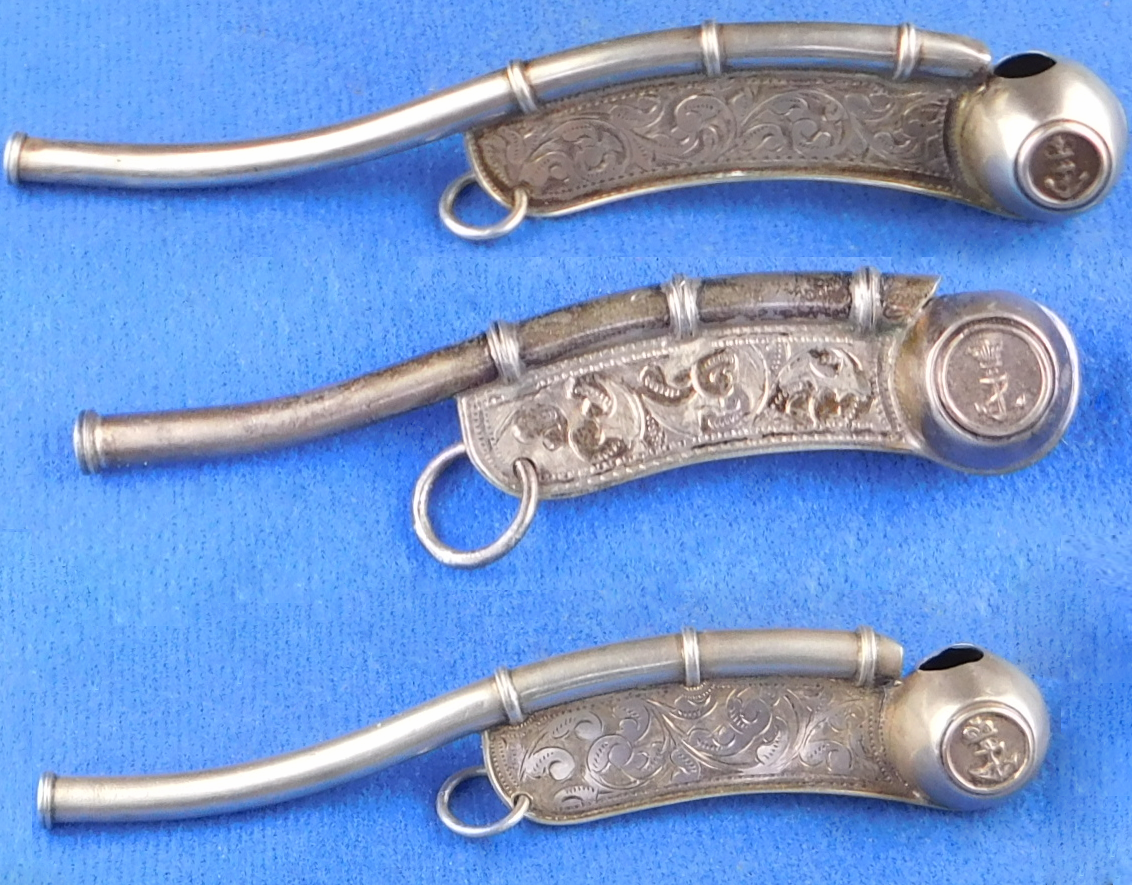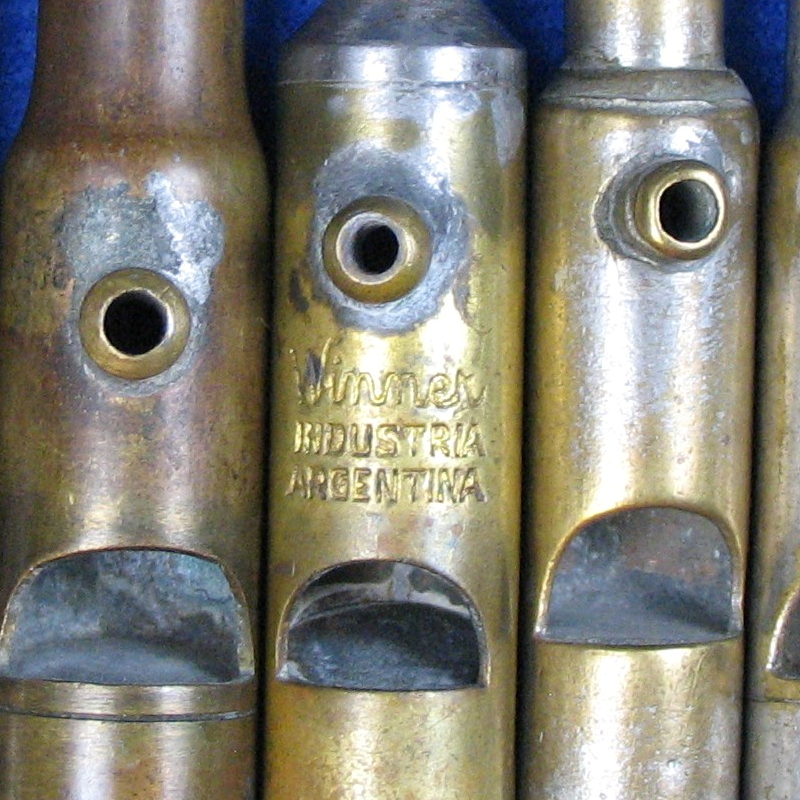OK , now to look inside.
What do you see ??
First gotta know parts…paaaaartition, say it outloud, paaaaaarttiton…well it is pretty plain, really just parts the two sides ( unless it is REALLY old, then there is none )
Perhaps it is cast and that helps to know.
Now perpenducular to that is the disc. Cast ? Machined ?? How is the disc attached to the paaaaaartition ??
This part is IMPORTANT !!!! — LOTS of notes to put on your tags, in your files – somewhere.
Then there are those pesky tines…pointing towareds the mouthpiece or away towards the top ??
What shapes are they ?? – very IMPORTANT once again !!!!
Record, record, record,,,
Do drawings if necessary….







